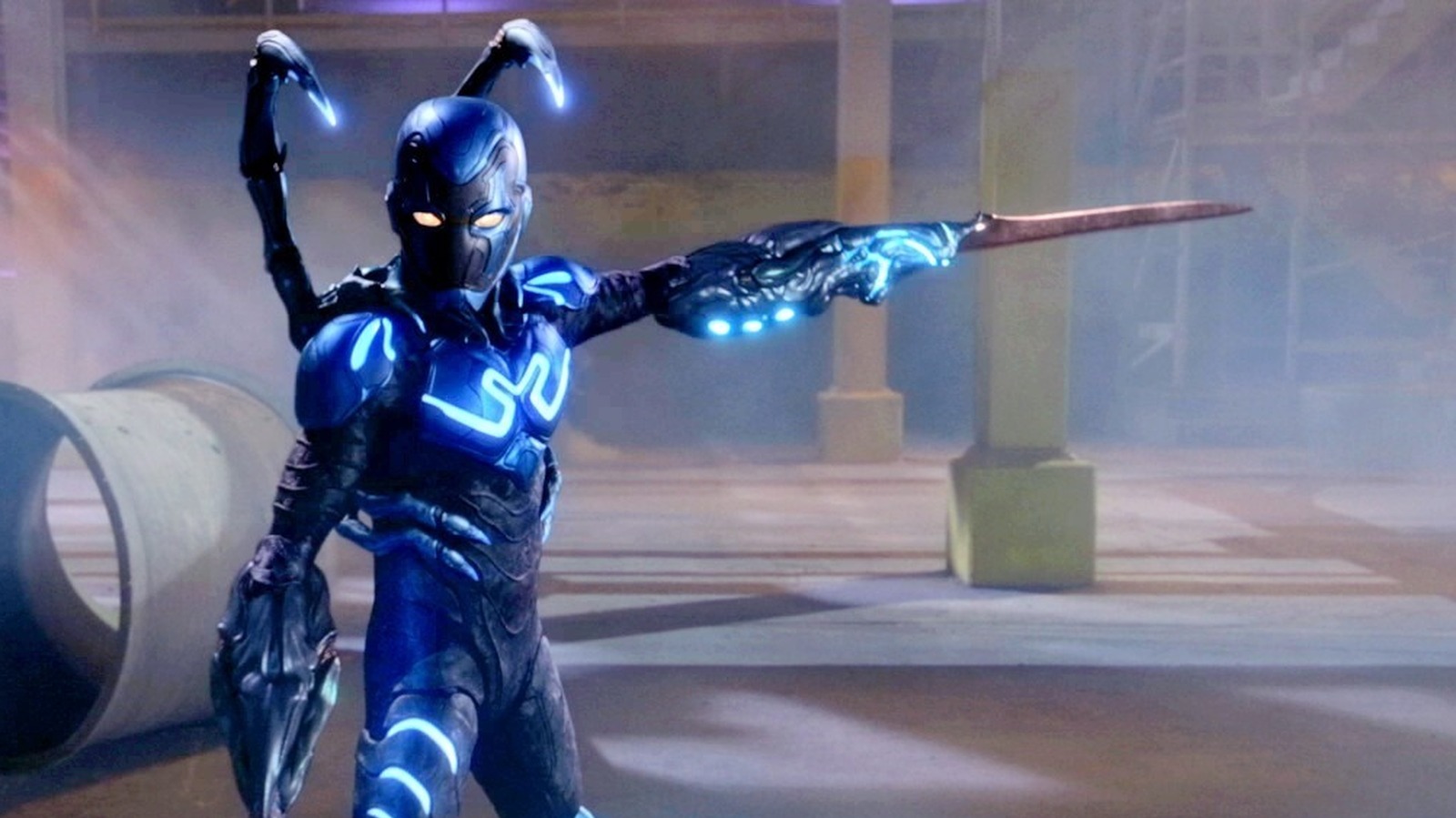
Speaking of Carapax, his story is fascinating in that it brings in the real history of the School of the Americas. Can you talk about the decision to bring in that part of the story?
To me, it was important to explore that in Hollywood, Latinos are always introduced in the middle of the paragraph. We enter a scene and we’re gangsters and narcos, we are violent and dishonest people, and no one questions why that is. And when a movie or a show explains why, it just says that we are like that because that’s our nature. So, we’ve never been given the chance to explore the history of blood behind the violent behaviors in Latin America. And, come on, you don’t have to be a rocket scientist or an erudite to do a simple Google search and learn about Yankee interventionism, and why that interventionism started in 1954 to protect the American [United] Fruit Company in Guatemala.
It was important for me to be able to show this villain who is not just Latino, but indigenous, and show why he is the way he is to a certain point. Because even though he is responsible for much of his actions, the reason why he is a villain is because his trauma was weaponized. And when you see it, you understand he is a victim of the endless perpetuating of violence in Latin America by the CIA through the School of the Americas, but no one talks about that. No one talks about the start of neoliberalism in the School of the Americas in 1973 with the murder of Allende and the placement of Pinochet.
It was important that the film reflected that reality that is not taught at school. It is why Susan [Sarandon’s character] represents the Military Industrial Complex, and the rampant imperialism that exists in Latin America. She is a person that has been perpetrating trauma, and then using that trauma like the School of the Americas, which trained the locals so they’d invade their own people. There is nothing more nefarious than that, so it was important to me to have that exist in this movie, if only for a minute. Using fantasy to raise curiosity could help us be better informed and more emphatic.
When I joined the project, I wanted the movie to be somewhat anchored in realism, in real traumas that Latin America has experienced historically. But I wanted it to be recent, not to just go all the way back to Columbus, though we do tumble a statue of Columbus in the movie. We talk about the more recent and relevant history, the one that is not talked about, but should be remembered so it is not repeated.
And the name is a bit ridiculous, and some people may not realize this is actual history, so we intercut Carapax’s flashbacks with archival footage of the School of the Americas to make it clear this is real.

![Blue Beetle Director On The Film’s Cultural Specificity, Real-World Allusions, And More [Exclusive Interview] Blue Beetle Director On The Film’s Cultural Specificity, Real-World Allusions, And More [Exclusive Interview]](https://movieanywhere.xyz/wp-content/uploads/2023/08/l-intro-1692371447.jpg)
![MCU Authors On Crafting The Definitive Marvel Studios History And How The MCU Can Bounce Back [Exclusive Interview] MCU Authors On Crafting The Definitive Marvel Studios History And How The MCU Can Bounce Back [Exclusive Interview]](https://movieanywhere.xyz/wp-content/uploads/2023/09/l-intro-1690821186-305x207.jpg)
![Steve-O On His New Stand-Up And How He's Survived Decades Of Extreme Stunts [Exclusive Interview] Steve-O On His New Stand-Up And How He's Survived Decades Of Extreme Stunts [Exclusive Interview]](https://movieanywhere.xyz/wp-content/uploads/2023/11/l-intro-1700606001-305x207.jpg)
